Miscellaneous
A tale of two cities
Except for a syllable, and the Mahakali River, there is almost no difference between Darchula and Dharchula. The two towns are twins by all rights.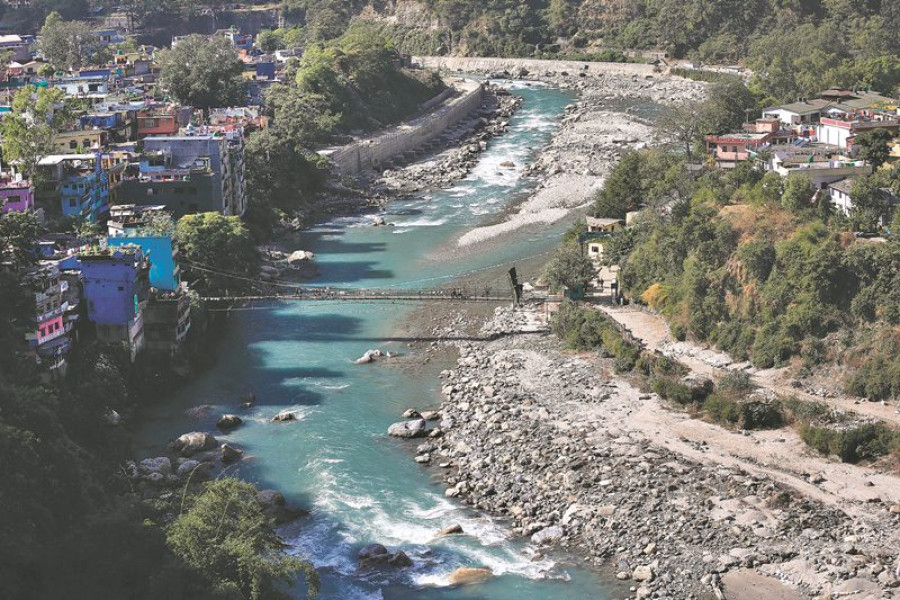
Except for a syllable, and the Mahakali River, there is almost no difference between Darchula and Dharchula. The two towns are twins by all rights. The citizens of Darchula in Nepal regularly cross the Mahakali for employment, and the people of Dharchula in India look for a potential spouse in Darchula, and vice-versa. The two cities share a common language, customs and habits.
An old man enjoying a Hukka is a sight commonly seen in both the towns. The stories of joys and miseries are alike, yet when it is 7:00 am in Dharchula, it is already 7:15 am in Darchula. It is as if twin sisters have been married into two different families; one to India and the other to Nepal. And like sisters, the cities remain connected by a historical bond: A 50-year-old foot bridge.
Though Nepal and India have maintained ‘open border’ policy, the bridge over the Mahakali River seems to be an exception. Every night, around seven o’clock, the security personnel of both the countries in a ritualistic manner close the gate to the suspension bridge. And, in the morning the gates open again for pedestrians to move from one country to the next.
For the longest time, this bridge was the only bloodline to the people of Darchula. Everything—from tea bags to tourists—came across from Dharchula. For somebody in Nepal wanting to go to Nepal’s western most frontier—Darchula—they had to first go down south to India and then move east from the Indian state of Uttarakhand. In the last decade, after a road connecting Darchula to Dadeldhura was completed, the town’s economic and social dependence on its Indian counterpart has substantially decreased. And, the road connection with the rest of Nepal has helped in increasing the economic activity of the region as well. Darchula is also a district that is connected with both India and China, and as such is an important location. As of late, the government has taken a key interest in this place. After the Mahakhali River angrily roared down from Kalapani in 2013, and swept away several buildings, various organs of the state have actively participated in rebuilding the area and securing the bank to prevent any future flooding.
A few months ago I got an opportunity to visit the region. When we arrived there, I experienced a culturally and economically vibrant town. Some locals informed me that the town is yet to unleash its full potential. According to them, Mount Kailash, an important religious site for Hindus and Buddhists, could be easily accessible from Darchula, but a lack of serviceable roads in the Nepali side has meant that the pilgrims and tourists approach the mountain from Dharchula instead. If the tourists can be attracted towards the Nepali side, the town could afford to turn a sandy playground into an athletic arena, one of the locals mentioned in a conversation. Yes, Darchula can be developed further, but for now I was satisfied in the fact that it is no longer a forgotten corner of Nepal.
Text & Photos: Prakash CHandra Timilsena













 10.12°C Kathmandu
10.12°C Kathmandu

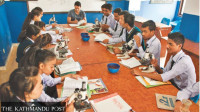
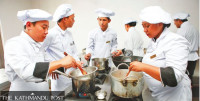
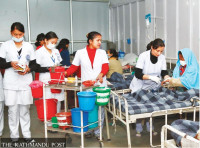
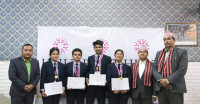


%20(1).jpg&w=300&height=200)

